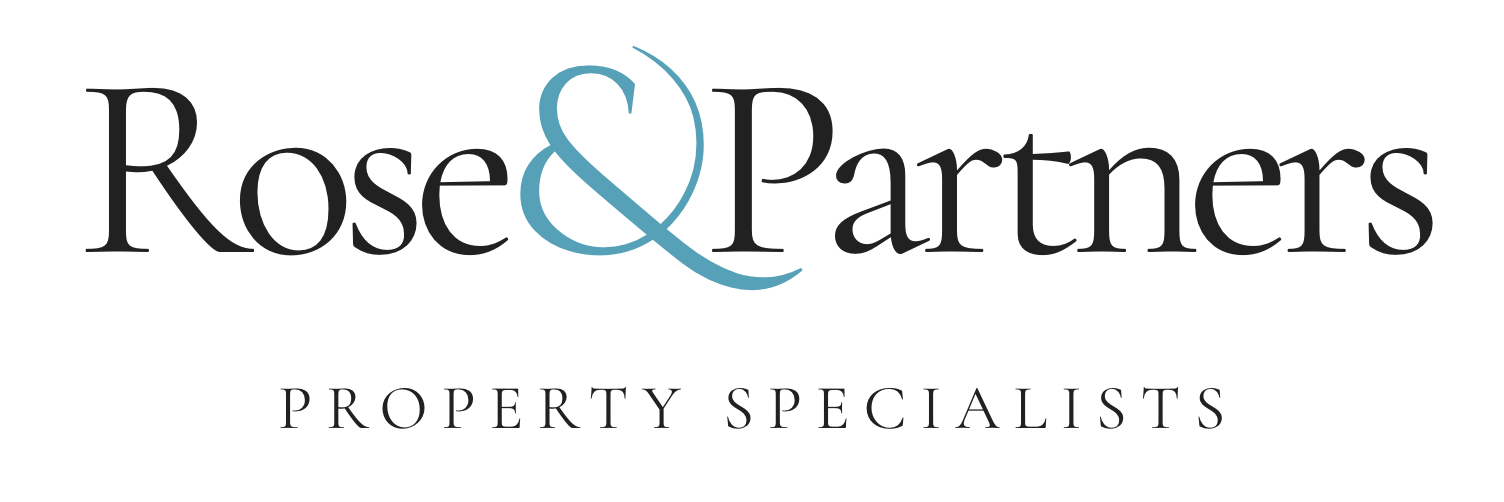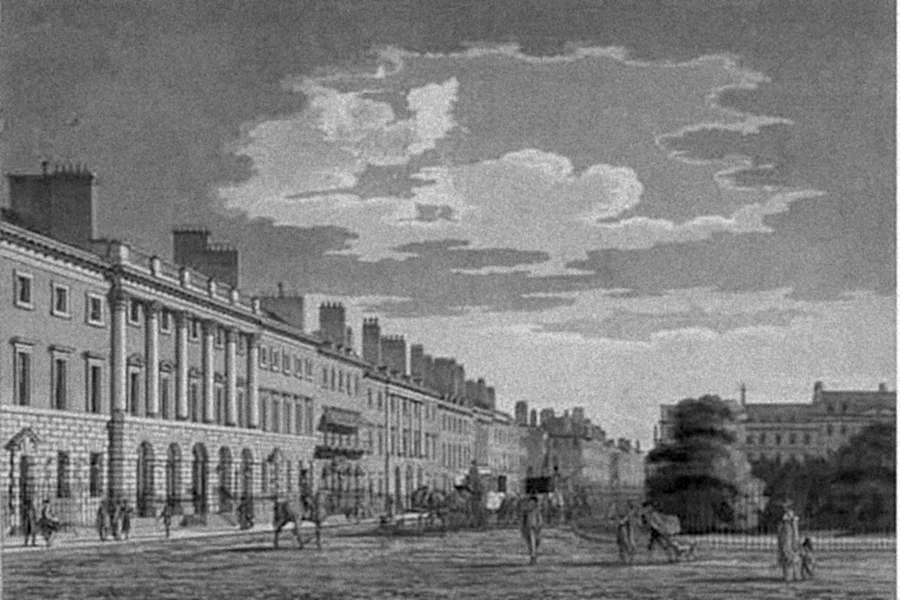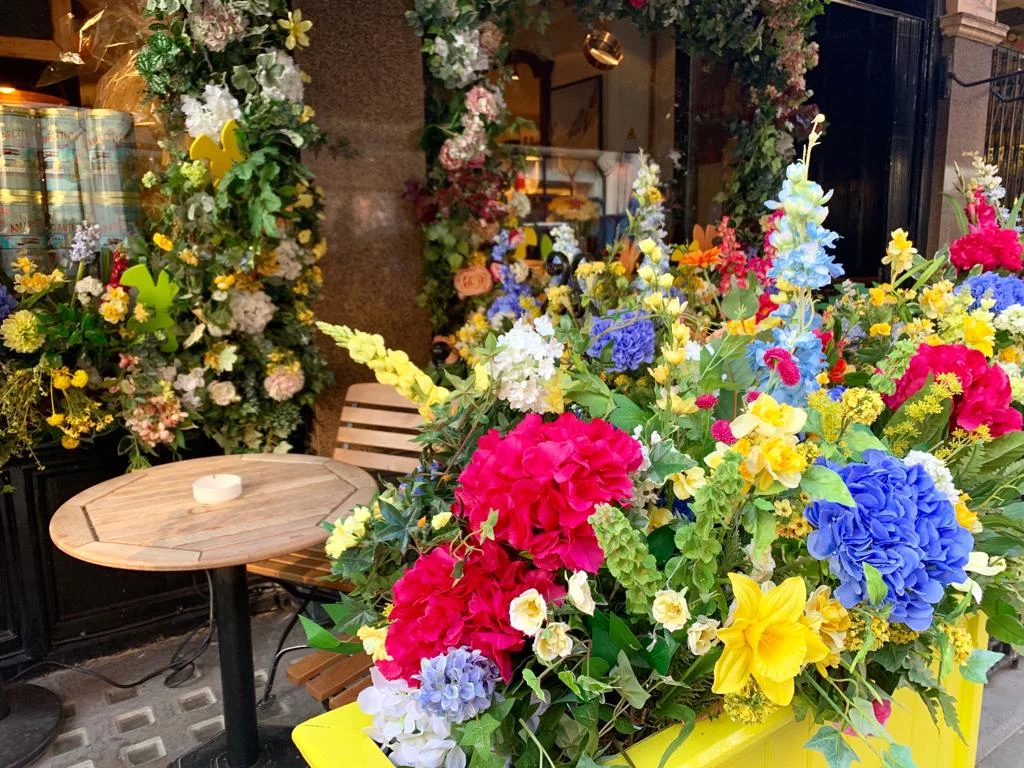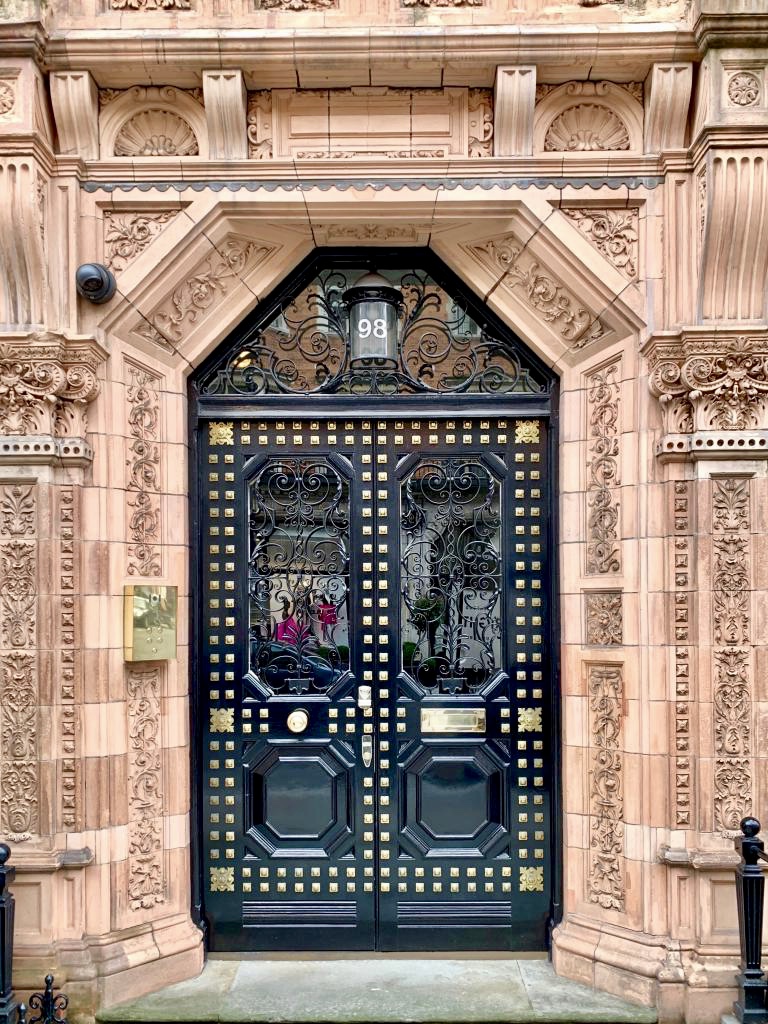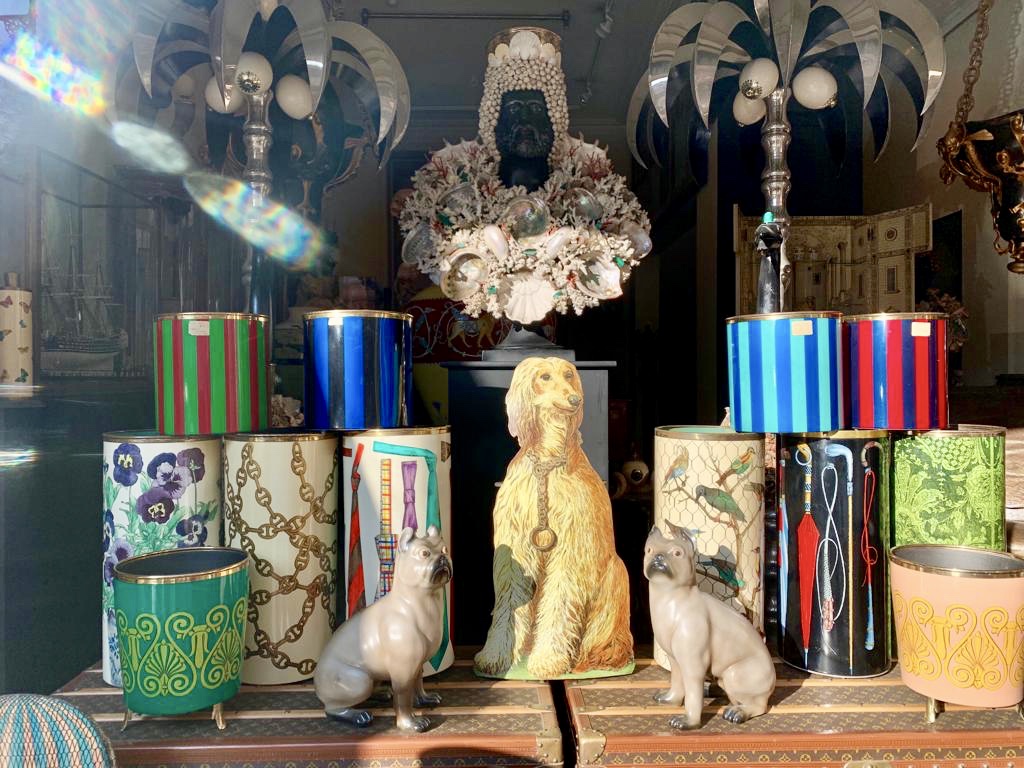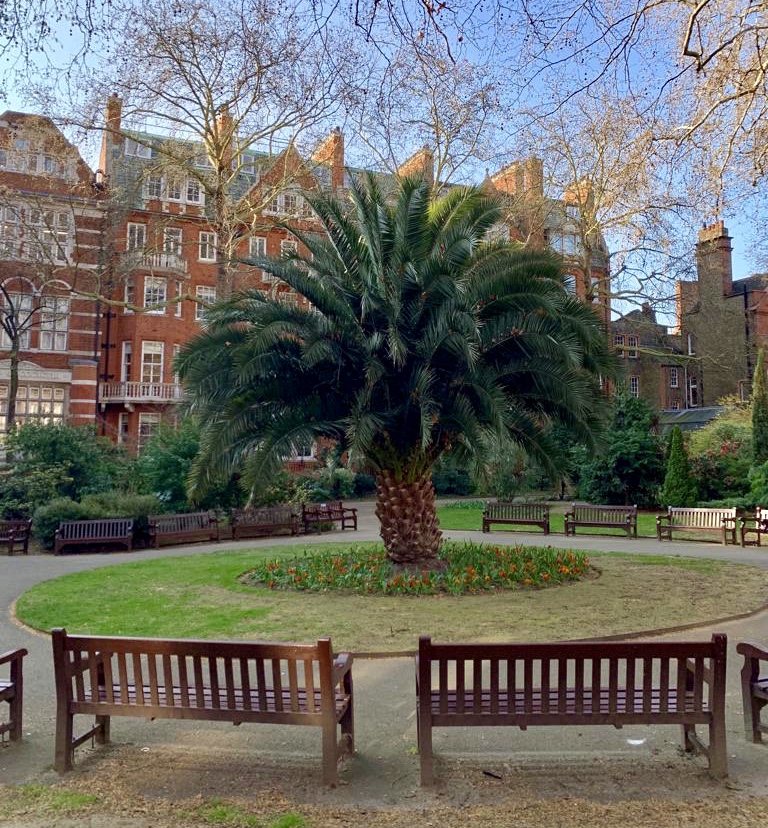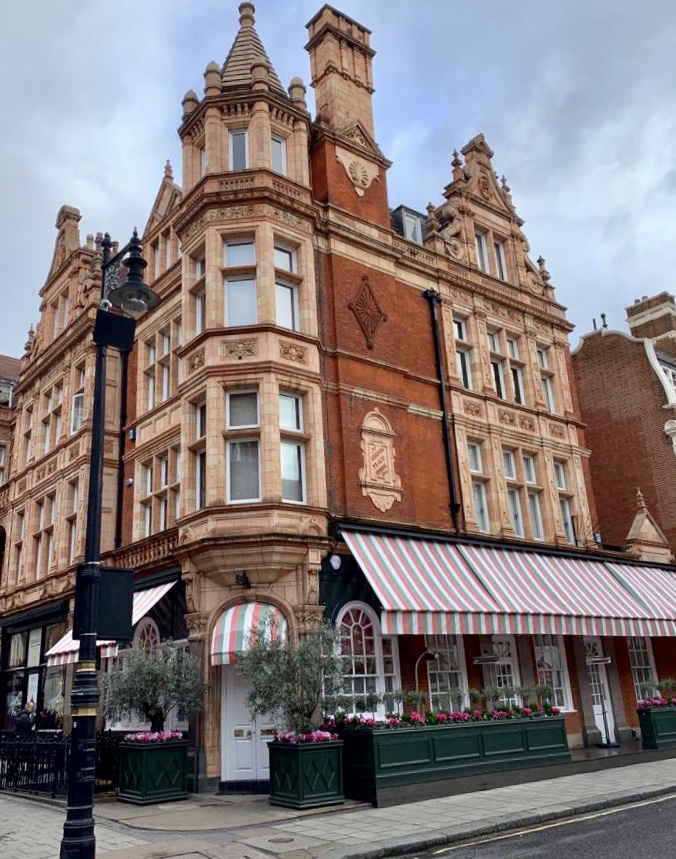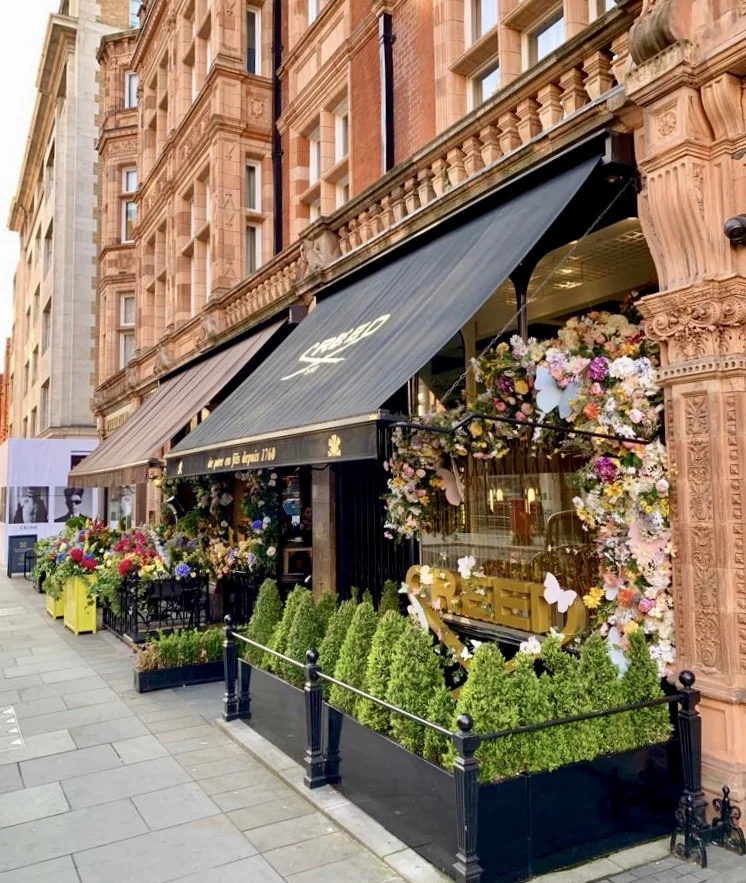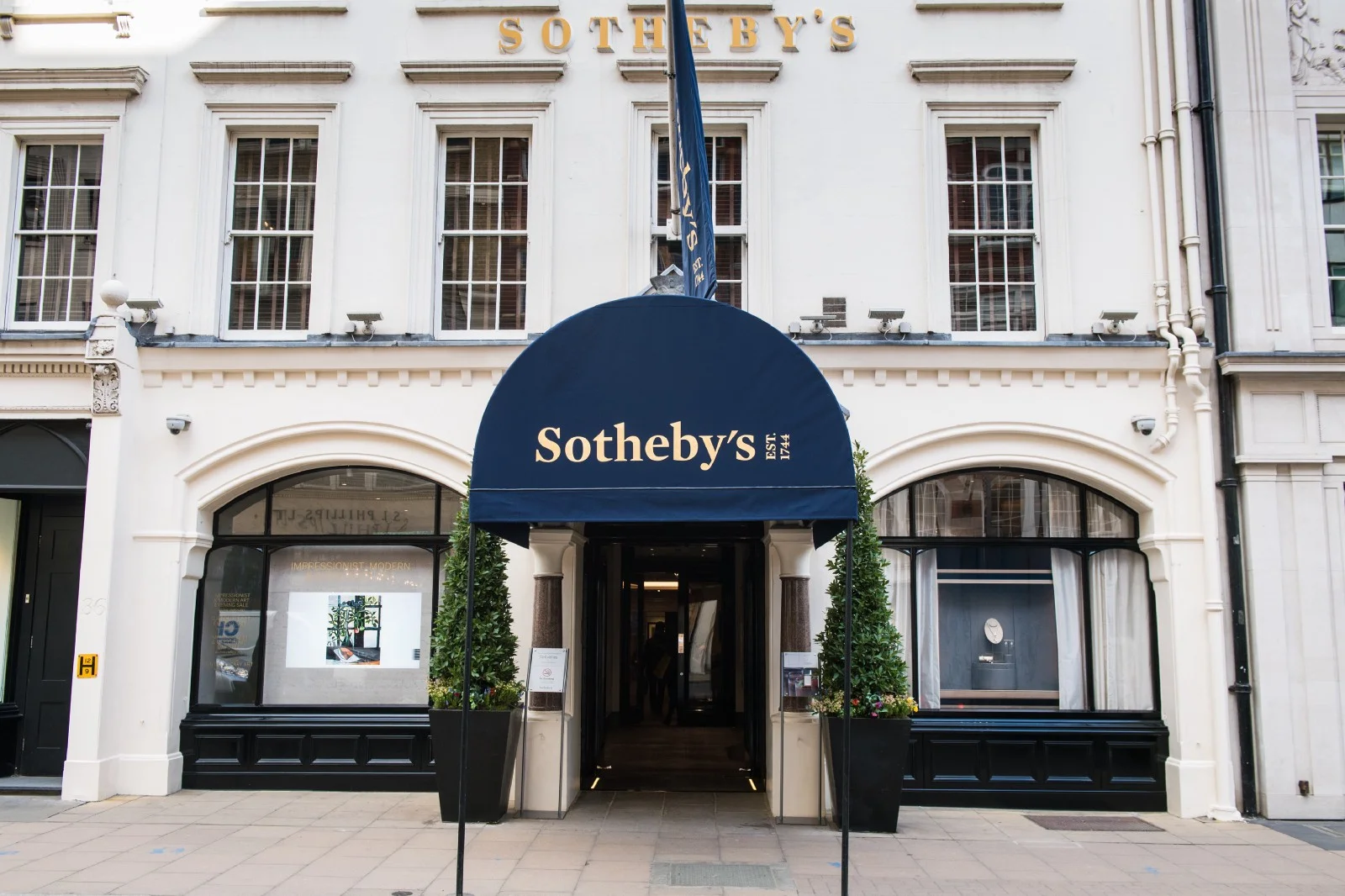Mayfair - an area of contrasts that leaves you wanting more
I've spent a lot more time in Mayfair recently. I was never particularly fond of this area of London, but I have to say, that it has grown on me hugely in the last year or two and the more I time I spend there, the more I want to know. This incredibly wealthy enclave in the City of Westminster is full of contrasts; both old school and steeped in history, yet passionately progressive and home to some of the world's most forward-thinking companies.
Mayfair is the epitome of luxury London. It's one of the few places where you can live, eat and shop at the highest level all within a very small space. It's the home of designer stores, supercars, opulent apartments, developments and foreign investment, while being one the oldest and most 'English' residential areas of London and peppered with some of the most beautiful green spaces in the capital.
A historic and extremely affluent area in the West End, it sits on the edge of Hyde Park and is one of the most expensive districts in London and, in fact, the world. After all, Mayfair has the most expensive property square on the London Monopoly board!
Mayfair remained largely rural until the early 18th century, being well-known for the annual "May Fair" that took place from 1686 to 1764 in what is now the slightly dubious Shepherd Market.
Much of Mayfair was owned and developed into upper-class housing by the Duke of Westminster (Grosvenor family)in the 1700s. The Duke and architect Thomas Barlow created the modern landscape of residential Mayfair - the iconic squares that make this part of London famous – Hanover, Grosvenor and of course, Berkeley Square.
Mayfair retains a high proportion of luxury residential property, designer shops and Michelin star restaurants is home to the majority of foreign embassies and also houses some of the most famous London hotels, including Claridges, Grosvenor Park, Dorchester, The May Fair and The Ritz, together with the prestigious auction houses, Bonhams, Christie's and Sotheby's.
It’s right in the middle of some of the busiest areas of London, bordered on the west by Park Lane, north by Oxford Street, east by Regent Street, and the south by Piccadilly. With plans to literally turn itself into an oasis - largely pedestrianised, its quietness is almost tangible as the cars start to disappear into the underground carparks and the roads are given back to pedestrians.
This strangely historic yet progressive enclave is both staunchly conservative with embassies, private banks and gentleman's clubs, yet historically home to many playwrights, poets and the avant-garde, such as Oscar Wilde, Somerset Maughan and Regency-era fashion icon Beau Brummell, as well as the Shepherd Market and its louche goings-on!
It was actually the place where, in 1876 Alexander Graham Bell made the first successful telephone call from Brown’s Hotel, London’s oldest Hotel. The original phone still features in one of the hotel’s meeting rooms and the department store Debenhams became one of the first companies in Britain to have a dedicated business telephone number, Mayfair 1, in 1903.
As with much of London, Mayfair's luxury property market is moving with the times and pretty resilient to external influences. It maintains its own path, safe in the knowledge that as long as it continues to progress, it will always be a safe investment.
